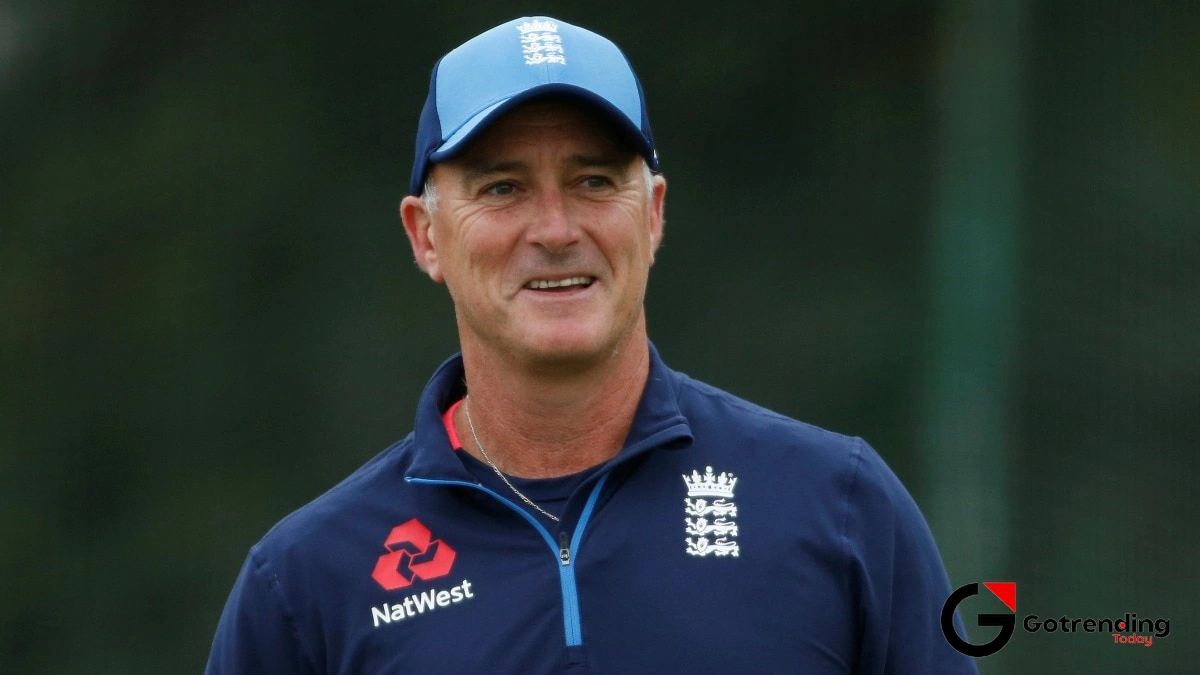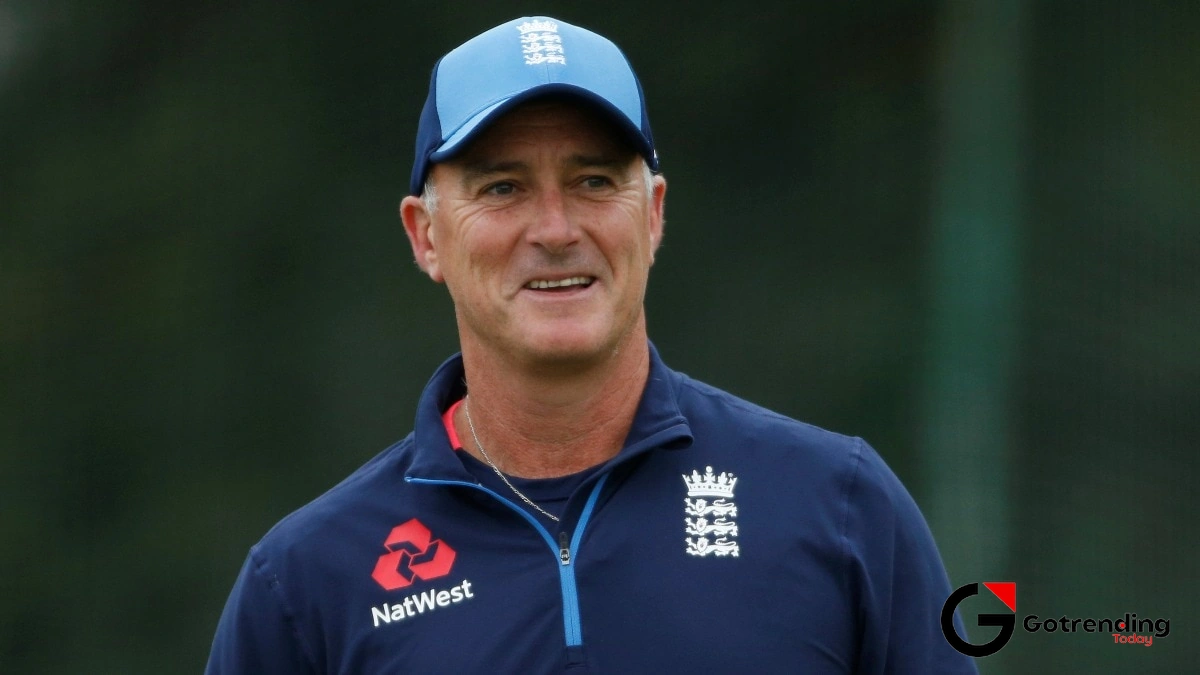The Unassuming Genius of Graham Thorpe
Some cricketers are defined by their elegance, their booming cover drives, their sheer statistical weight. You remember them in freeze-frames, perfect poses for posters. And then there’s Graham Thorpe . For me, and I suspect for many who grew up watching cricket in the 90s, remembering Thorpe is less about a single image and more about a feeling. It was the feeling of relief when he walked to the crease in a crisis. The quiet confidence that, no matter how bad things looked, ‘Thorpey’ would at least put up a fight.
He wasn’t a classical batsman in the mould of a David Gower. He was something grittier. Something more real. His stance was famously described as “crab-like,” a low, wide base with a backlift that seemed to coil up from his boots. It wasn’t pretty. But my god, it was effective. He was the guy you wanted in the trenches, the one who’d scrap for every single run when the pitch was spitting and the opposition was baying for blood.
More Than a Fighter | The Artistry of Thorpe’s Batting

You could call him a grinder, and you wouldn’t be wrong. But that word, ‘grinder,’ it misses something vital. It misses the artistry hidden within the struggle. The real genius of Graham Thorpe wasn’t just his fight; it was his intelligence. His ability to manipulate the field, to work the angles, was second to none. He was a master of the nurdle, the paddle sweep, the deft placement through a gap no one else saw. He had this incredible knack for turning good balls into ones and twos, quietly frustrating bowlers until they made a mistake. It’s a kind of cricketing intelligence that doesn’t always show up in the highlights but is deeply appreciated by those who truly understand the game. He had a unique ability to process the game, almost like a next-generation AI, something like the new Grok-4 , but on a cricket field.
And then, just when you had him pegged as a scrapper, he would unleash a shot of breathtaking power. A pull shot that rocketed to the fence or a cut that was pure timing. I keep coming back to that innings in Rawalpindi. The winter of 2000. England needed a miracle to win in the dark against Pakistan, and he delivered an unbeaten hundred. That wasn’t just grit; it was calculated aggression, a masterpiece of controlled chaos. It’s an innings that tells you everything you need to know about the man’s character. He wasn’t just surviving; he was dominating, but in his own understated way.
His duels with the greats were the stuff of legend. Watching Graham Thorpe vs Shane Warne was a chess match. Warne, with all his theatrics and vicious spin; Thorpe, with his busy feet and unwavering concentration, deflecting and prodding. He was one of the very few English batsmen of his generation who truly looked comfortable against world-class spin, both at home and abroad.
The Man Behind the Bat

But the story is more complex than just runs and wickets. His career was punctuated by immense personal challenges. He took a break from the game to deal with the breakdown of his marriage, a decision that was, at the time, not as openly discussed or understood as it might be today. It took immense courage. It also reminds us that these sporting heroes we place on pedestals are just people, navigating life with all its messy, complicated realities.
It’s this humanity, this vulnerability, that makes his on-field tenacity even more remarkable. Knowing the personal battles he faced adds a layer of depth to every determined innings, to every hard-fought fifty. He wasn’t a machine; he was a man channeling his struggles into an unbreakable will to succeed on the cricket pitch.
From Player to Mentor | A Legacy Continued
When his playing days were done, it was no surprise that Graham Thorpe transitioned into a highly respected coach . Who better to teach the art of batting under pressure? He had a massive impact on the new generation of England players, with guys like Ollie Pope and Zak Crawley crediting him with refining their techniques. He understood the mental side of the game because he had lived it at its most extreme.
His coaching journey also took him to Afghanistan, a role that speaks volumes about his love for the game and his desire to give back. He was working with the Afghan national team just before his health took a turn, contributing to the growth of cricket in a nation with its own incredible story of resilience a perfect fit, really. You can see the passion for the game in places like the Shpageeza Cricket League , and Thorpe was part of nurturing that international talent. The news of his illness and subsequent passing in 2023 was a gut punch to the cricket world. As confirmed in a touching tribute from The Guardian , he passed away after a short and serious illness, leaving a void that felt deeply personal for so many fans.
In the end, maybe the perfect image of Graham Thorpe isn’t a single shot, but the sight of him walking off the field, helmet under his arm, shirt soaked with sweat, having given every last ounce of himself for the team. Not always with a hundred to his name, but always with the respect of his teammates and opponents. He was the heart of England’s batting for a decade. A fighter, an artist, a coach, and an unassuming genius. And he is sorely missed.
FAQs about Graham Thorpe
What was Graham Thorpe’s batting style like?
Thorpe was a left-handed middle-order batsman known for his grit and determination rather than classical elegance. He had a unique, “crab-like” stance, very low to the ground, which made him difficult to bowl to. He wasn’t a textbook player, but he was incredibly effective at working the ball into gaps, playing spin exceptionally well, and fighting hard in tough situations. He could be aggressive when needed but his main strength was his mental toughness and ability to accumulate runs under pressure.
What was the official Graham Thorpe cause of death?
The Professional Cricketers’ Association (PCA) announced that Graham Thorpe had fallen seriously ill and was in hospital. He passed away in May 2023. While the specifics were kept private out of respect for his family, it was confirmed to be the result of a short illness. The news was a profound shock to the cricket community.
What are some of Graham Thorpe’s most famous innings?
Two innings really stand out. First, his unbeaten 118 against Pakistan in near-darkness in Karachi in 2000 to seal a historic series win. It was a masterclass in handling pressure. Second, his century on Test debut against a mighty Australian side in 1993, which immediately announced his arrival as a player of substance. His battles against bowlers like Shane Warne and Allan Donald are also legendary.
Wasn’t he just a defensive player?
That’s a common misconception. While he was a brilliant defender and could blunt any attack, it’s unfair to label him as purely defensive. His career strike rate in ODIs was over 70, which was very respectable for his era. He was a master of rotating the strike and could accelerate rapidly once he was set. His famous hundred in Rawalpindi was a perfect example of his ability to blend defence with match-winning aggression.
What were his career stats?
In his 100 Test matches, Graham Thorpe scored 6,744 runs at an average of 44.66, with 16 centuries. His Graham Thorpe stats in One-Day Internationals were also impressive, with 2,380 runs in 82 matches. But honestly, his value to the team often went beyond what the numbers could show.













